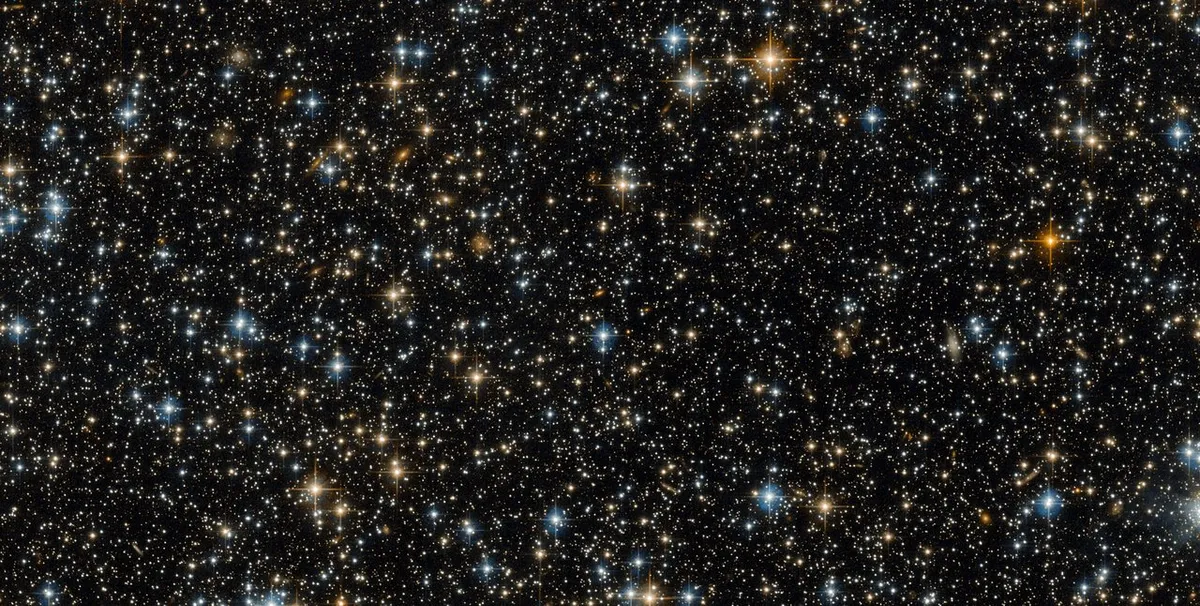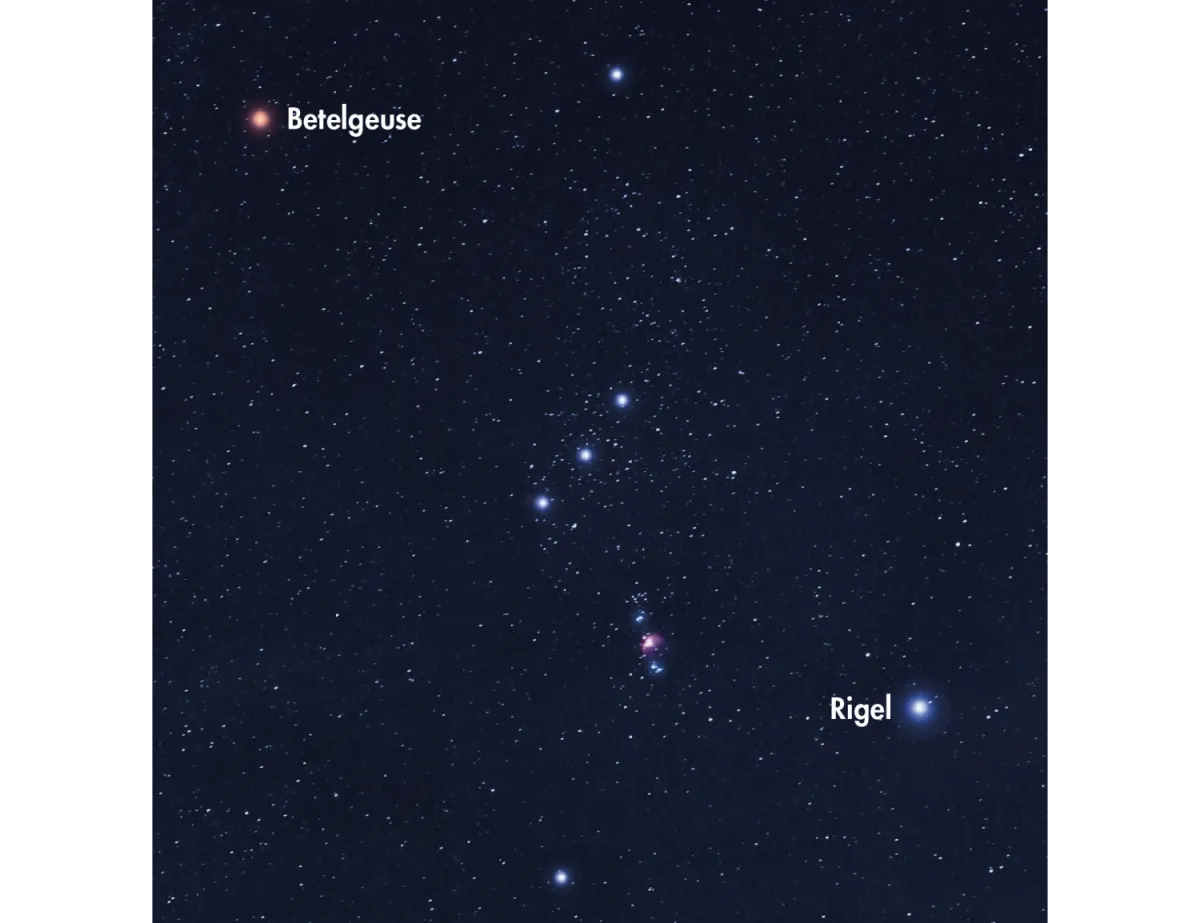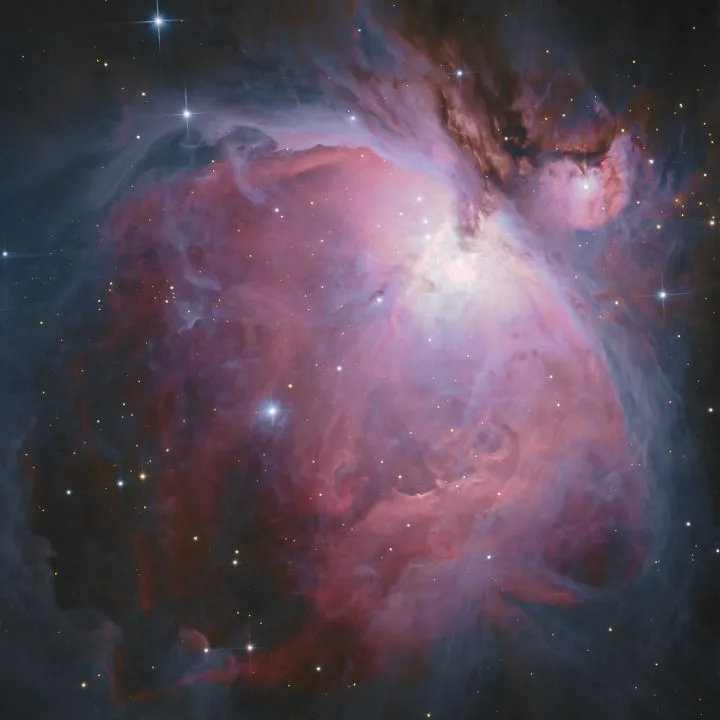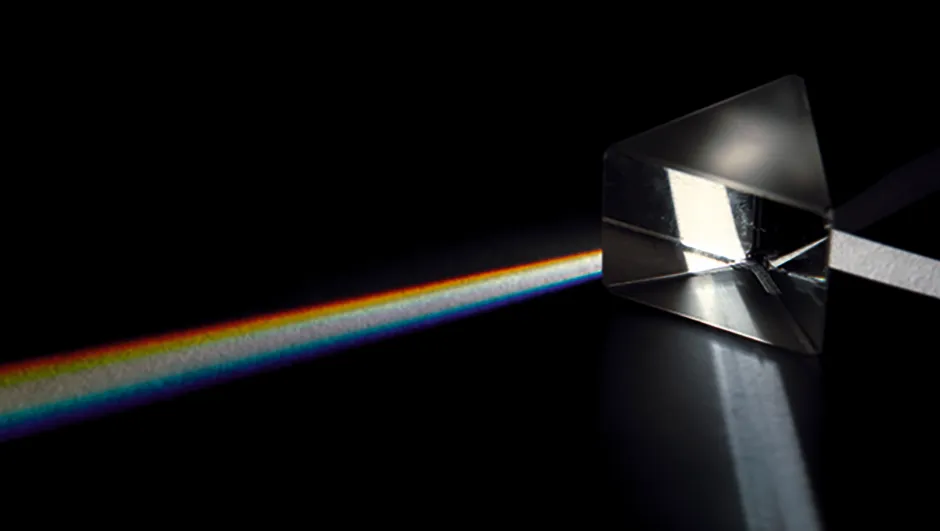Have you ever noticed that stars have colour? Some stars appear red and some stars are blue. If you've ever noticed this, you might have wondered why.
Take a quick glance up at the night sky and you can be forgiven for thinking that it only exists in black and white, with distant stars appearing as pinpricks of white light against a dark background.
But next time you're stargazing, look a bit closer and even with the naked eye, you’ll start to see that the Universe is awash with colour.
For more advice, read our guide to astronomy for beginners

In the colder months, my favourite sight on a clear night is the familiar Orion constellation, and it’s within this pattern of stars that we can see a classic example of colours in the night sky.
Look carefully at the star Betelgeuse – Orion’s right shoulder (assuming he’s facing us) – and you’ll notice that it has an orange-red tinge to it.
Compare this with the star Rigel, on Orion’s left foot, and you’ll see that Rigel appears much more blue-white.
Why is this? What causes the different colours of stars?

The reason stars look different colours - some are red, some are blue - is all to do with their temperatures.
It’s the opposite to what you might think: red stars like Betelgeuse are actually cooler than blue stars like Rigel.
I say cooler, but bear in mind that the surface temperature of Betelgeuse is still around 3,200ºC, compared to Rigel’s 10,700ºC.
The colour of stars may seem counterintuitive based on our everyday experiences of linking colour to temperature (think colour-coding on taps: red for hot and blue for cold) but it’s the same principle as when metal is heated in a forge.
First you’ll see it start to glow red, then as its temperature increases the metal glows a blue-white.
The chemistry behind stars' colours

A pair of binoculars or a telescope can reveal even more colour in the night sky.
Sticking with Orion, a small telescope shows the fuzzy ‘star’ in the middle of his sword is not a star at all, but the Orion Nebula, a region where new stars are being born.
Here the gas is being lit up by radiation from the young, newly formed stars, transferring energy to the atoms in the gas and ‘exciting’ them.
Due to the different atomic structures of the elements in the Orion Nebula, we see different colours when we look at it through a telescope, including pinky-red from hydrogen and green from oxygen.
In fact, every element in the periodic table will emit a unique pattern of colours when excited, and this is the element’s spectrum.

In the same way as you can split white light up into a rainbow using a prism, splitting observed light up into its spectrum is a technique called spectroscopy.
Spectroscopy allows astronomers, for example, to identify what elements are present within a nebula.
A pioneer in the field of spectroscopy work was Margaret Huggins, an unsung hero of astronomy.
She worked with husband William in the late 19th century to catalogue the spectra of stars, galaxies and nebulae.
Today, spectroscopy is perhaps the most powerful tool in an astrophysicist’s toolkit.
It enables us to do everything from detecting exoplanets to measuring the expansion of the Universe and inferring the existence of dark matter in galaxies.
All this from analysis of the colours in the night sky.
This article originally appeared in the February 2018 issue of BBC Sky at Night Magazine.

